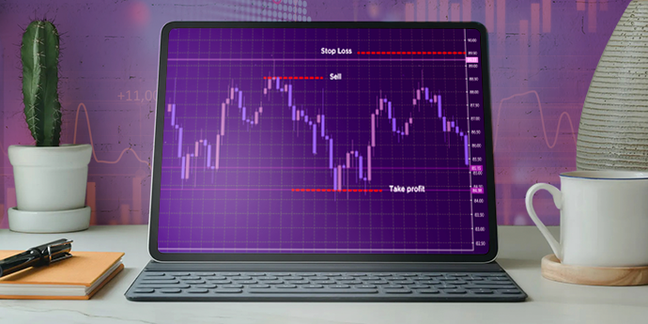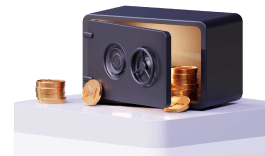Stop Loss Market and Stop Limit Difference Explained
Every trader is looking for a chance to minimize potential losses. With a variety of risk management tools, investors get an opportunity to protect their capital and enter or exit the market without the risk of failure. Placing a stop-loss comes as one of the most popular instruments to manage risks.

However, investors may benefit from various stop-loss types. This fact makes beginners sometimes confused without understanding the difference between a stop limit and a stop-loss market. Both tools work for accomplishing the same goals but in a bit different way. To use these instruments properly and reduce the risk of losing funds, we are to clarify the major issues that refer to a particular stop-loss type. It will help you to decide on which one is better to choose and why.
Stop Loss Market Orders
If you have ever worked with a typical stop-loss order, then you will hardly find the stop loss market confusing, as it is actually the same. The first thing you need to know is that a stop-loss market order can be of two major types: buying and selling.
- Stop Loss Buy Orders – the concept is pretty simple. Traders use the tool to enter the market with a secure short position. When the price exceeds the current market level, the tool will be triggered automatically to prevent investors from bigger losses because of the increased price.
- Stop Loss Sell Orders – this tool helps to enter the market with a secure long position. It is triggered every time the price drops below a current market level. The main philosophy here is to protect traders from even bigger losses. If the price goes down, it may keep on decreasing. Having the loss capped, you will be able to sell an asset at this price.
Both tools work in the same way. You may combine them to have all available positions protected before you enter the market either going short or long.
up to 200%

from 0 pips

Trading platform

Stop Limit Orders
The main reason why most beginners are confused when clarifying the difference between a stop limit and a stop-loss market is the fact that both tools act pretty the same. However, it does not mean they have the same nature. Judging by the instrument name, it becomes clear that a stop-limit order caps the price at which it will be triggered. For the stop-loss limit, we need to specify two major price types:
- The Stop Price – it will automatically convert the order into a selling one.
- The Limit Price – it converts the sell order into a limit one that uses the limit price or better to be executed.
The main downside is that the tool does not guarantee 100% execution. In other words, if the stock price drops down or goes up rapidly, the stop limit might not work as you expect it to work. This is where you might need other risk management tools.
Another question many beginners face is what actually to do when a stock price falls below the limit. Should they cancel the limit order and wait until the price hits the bottom? In this case, they are likely to miss their chances for a safe and protected market exit. On the other hand, some traders might not wish to sell an asset at a limited price watching, as they expect a rapid reversal.
As a result, the stop-loss limit appears to be a risky strategy for traders, who prefer to go short and wait for the price to rise at their own risk.
Stop Loss Market vs Stop Limit
Have a look at this chart with all major aspects that define the difference between a stop limit and a stop-loss market.
Stop Loss Market
Stop Limit
Triggers when the price hits the low or keeps dropping
Helps to prevent more losses during the trade
Triggers when the price hits the limit but remains better positions than the limit.
Does not guarantee 100% protection from losses.
Traders may lose more than they expect
Works great if you know the price will bounce back and start rising soon.
The Bottom Line
The main difference between a stop limit and a stop-loss market is the fact they provide different ways to protect positions when entering or exiting a market. The good news is that they fit both long and short-term traders. The bad news is that some of them do not guarantee loss prevention unless you do know the price is going to bounce back.
This material does not contain and should not be construed as containing investment advice, investment recommendations, an offer of or solicitation for any transactions in financial instruments. Before making any investment decisions, you should seek advice from independent financial advisors to ensure you understand the risks.
